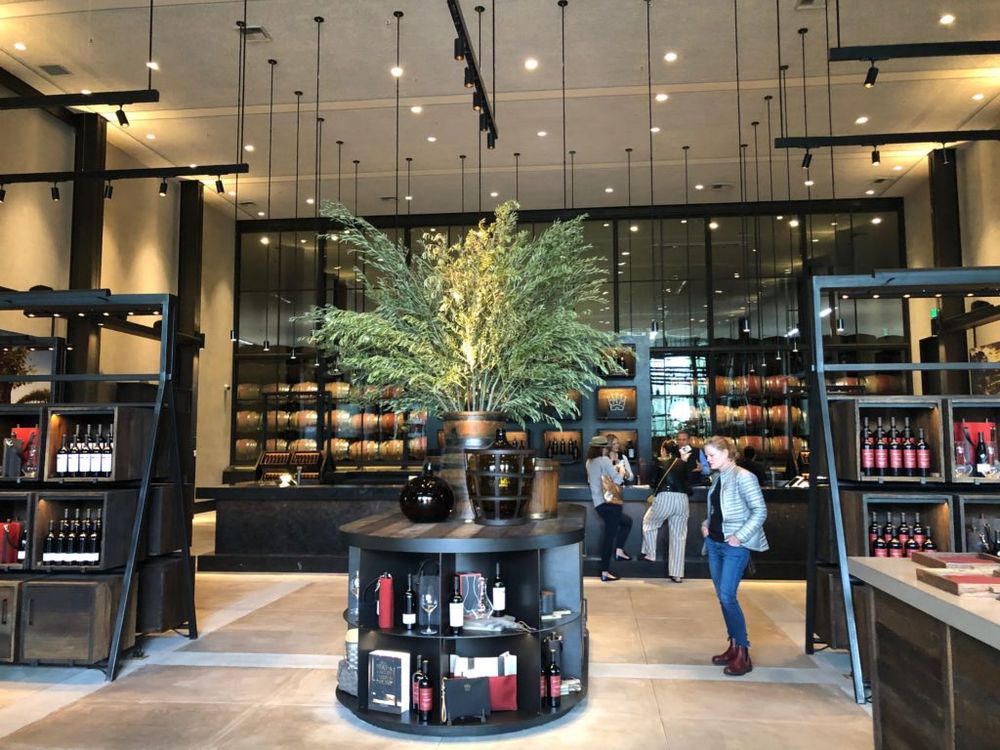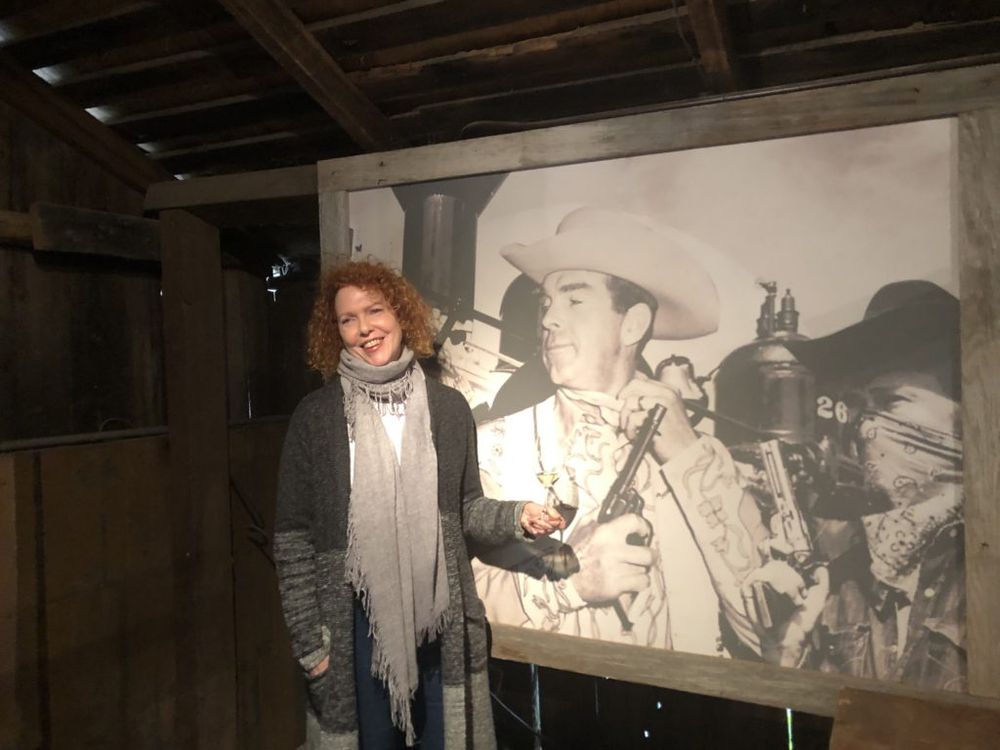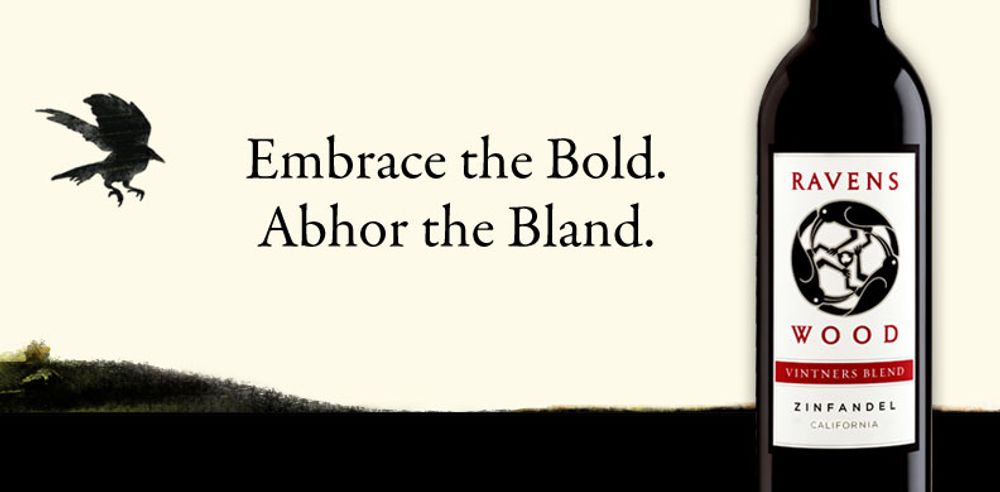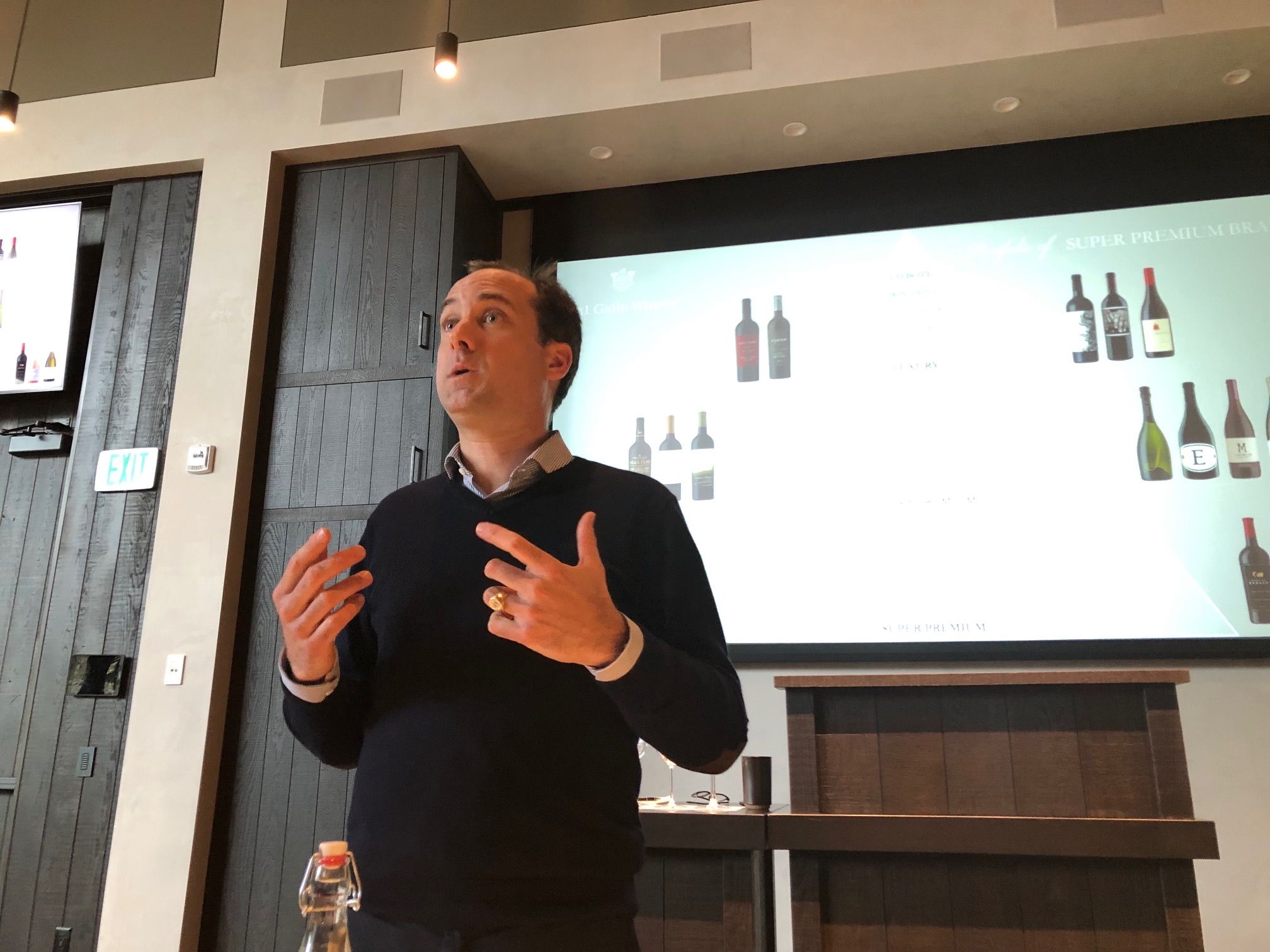The premium branded wine market can do with all the help it can get which is what makes E&J Gallo’s acquisition strategy potentially so important, not just for itself, but for the overall wine industry.
Talk about timing. Just as E&J Gallo’s head of fine wine for EMEA, Edouard Baijot MW, was giving a group of UK and Irish buyers and journalists a brief history of the company’s recent acquisition strategy during their visit to California, news literally broke via Twitter that it had completed another $1.7 billion deal. This time with Constellation Brands to take over a large chunk of its wine and spirits portfolio. It felt very much like being in the right place at the right time.
It also meant the world’s largest family owned wine company had got just that little bit bigger. The fact one of its few competitors was willing to give up so many strategic wine brands to the sector’s biggest player also speaks volumes for where wine sits in the scheme of things for many major drinks companies.
Constellation clearly has other things on its mind. Most notably the huge outlays it has made to push itself firmly into what it clearly hopes is going to be the all disruptive cannabis market. Gallo’s $1.7bn cheque will at least help plug some of the holes made in the $4bn it invested last year in Canopy Growth, the world’s leading cannabis player.

The entrance to the newly revenated Louis M Martini winery
It also leaves Constellation with a much smaller, focused premium wine portfolio, that includes big hitting brands such as The Prisoner, Meiomi and Robert Mondavi, and wipes its hands of its wines in the declining sub $9 US wine category.
The deal is the latest in a number of eye watering transactions, particularly for a global wine industry where money and margins are so tight. Deals that have also seen Gallo bring a further 8,500 acres of vineyards into its control that includes 16 vineyards in Sonoma, eight in Napa and 10 across the Central Coast.
Thinking differently
For the brand owners and producers that have been able to do business with the US wine giant, then Gallo really is the gift that keeps on giving. Who else in the industry is even thinking of doing deals of this scale, never mind having pockets deep enough to make them happen?
As Baijot said to the UK trade trip in California: “We think differently from our competitors.”
Its recent acquisition focus had primarily been around “securing” its sources for fine wine with a cool $1bn spent in the last five years just on its fine wine portfolio. For to “make money, you have to be in premium,” adds Baijot.
And to really rack up those margins you need to control your own fine wine sources. Which means for Gallo’s super premium wines at least 50% comes from its own grapes, rising up to 100% for some wines, whereas for its big commercial brands that could drop down to only 5% to 10%, says Baijot.
“Seventy per cent of our revenue now comes from brands that did not exist in Gallo 15 years ago,” he adds. Forty per cent of its business is with brands it did not have 10 years ago.

An indication of the scale of Gallo’s recent acquisition strategy has been
All of which means 30% of its global turnover now is in premium wines, whereas it would only have accounted for 1% 20 years ago. That phenomenal turnaround has been seen first in the US where 30% of its sales are now in premium wines, compared to Europe where it sits around 12%, but on course to hit 20% in 2020, confirms Baijot.
It’s a strategy that has seen Gallo double in size between 1994 and 2005 and then double again between 2005 and 2016.
This phenomenal growth is all based on deals that are, on paper at least, good news for the global branded wine market. Now, yes, the majority of these transactions are very much an all Californian affair, but they do have wider ramifications for the industry as a whole. For it is California that dominates so much of what branded wines are offering. If some of those brands are owned by companies more intent on selling than investing in them, then we are all going down the wrong road.
The industry has been crying out for years for serious brand owners willing to truly innovate and spend the kind of money needed to really break through and push the whole wine category up.
In it to win it
Crucially Gallo is not just bringing these brands into its portfolio to take even more US and global market share and just leaving them there. It is doing so to invest in them, make them better, to do what it can to improve their quality, their average price point and push them into wider distribution. And that’s not just the press release talking.

Iconic labels are all part of the appeal of Orin Swift’s wines
Its recent track record of what it has done with the profile, credibility and reach of brands such as Orin Swift is testimony to that.
Gallo may have its critics, and plenty of them, but it can also be held up as what happens when you have a dominant business in any industry sector that is still independently and family owned. A company that can make decisions not just for the next two to three years, but is looking at the very long term both for its staff and, of course, future family generations. It is that “reputation” for coming and in and doing things in the right way and keeping the “history and heritage” of the wines which is allowing Gallo to get so many premium deals over the line, explains Baijot.
It’s hardly a unique approach in wine. Fellow Californian wine families, the Jacksons, Delicatos and Trincheros are following a strategy and there are other examples all over the Old World from Antinori to Torres to Castel.
The big difference being none are on the scale or influence as Gallo. It has the power to change the direction of the global wine industry. If it coughs, we all get a cold. Equally if it is willing to continue to spend billions of dollars to premiumise its own wine offer, that will only send waves down the rest of the sector to do the same.

Kate MacMurray, daughter of the late Hollywood actor, Fred, still works and lives on the property that was owned by her father before being acquired by the Gallos.
It was fascinating to spend time earlier this month visiting a number of recently acquired Gallo properties across Napa and Sonoma. Now clearly such trips have the full PR treatment laid on, but they are also an opportunity to go as far behind the scenes as you can into what makes a company like Gallo tick.
What was noticeable is that it was invariably not a Gallo person, or a family member, extolling the virtues of the different wineries we visited, but people who had been with those business for years before Gallo and its money came calling. They certainly seemed comfortable enough with their new owners to talk the talk for them – even if they are now, admittedly, paying them their wages. But time again the message was all about the investment that had followed the initial acquisition.
Be it the completely revamped winery at Louis M. Martini, or how the traditional ranch homestead of the MacMurray family at MacMurray Estate Vineyards was raised from its foundations so that it could be refurbished and brought back to its original working order. Now these touches may not mean a great deal to the great wine buying public, but they certainly mean a lot to the acquired companies and speak volumes for Gallo’s long term intents for their businesses.
Pushing medium to premium

Ravenswood is likely to be pushed to a higher price point with Gallo’s backing
This month’s Constellation deal was also somewhat of a departure from Gallo’s much repeated strategy to invest in high end properties that can help transform its business model away from an over reliance on every day household supermarket brands.
The wine brands in the Constellation deal are far more at the supermarket end of the food chain, mainly costing around $10, like Ravenswood, Clos du Bois, Cook’s and Mark West. It will be interesting to see what Gallo now does with these brands. Does it invest to keep them at the same price points, or does it look to re-position them with new styles, blends and fruit sources to push them up closer to $15 and $20 and, who knows, beyond?
Good money should surely be placed on the latter, particularly for brands like Ravenswood that with a new lick of paint can do well not just in the US, but key markets around like the world.
Crucially the Constellation deal also includes bringing six more wine production facilities into the Gallo estate, which is already pumping out 70 million cases of wine a year from what were 15 wineries. So it now has the added capacity ready and waiting to push more volumes and value through the brands it has acquired.
Gallo’s strategy is also not just about the brands it owns, but also increasingly in the US, the imported wines and drinks it can then bring in and act as an agency for and take advantage of its dominant distribution position across its three tier system. It now has a 25% share of imported drinks into the US.
However you look at what Gallo is doing, the single most important factor is family. It has been its main driving force from the moment Ernest and Julio founded the company in 1933. A force that has seen it become the world’s biggest wine company, despite the efforts of what you would imagine would be its much bigger pocketed multinational corporate competitors.
As for the rest of the global wine industry it’s clear putting family first really can be a force for good.










































